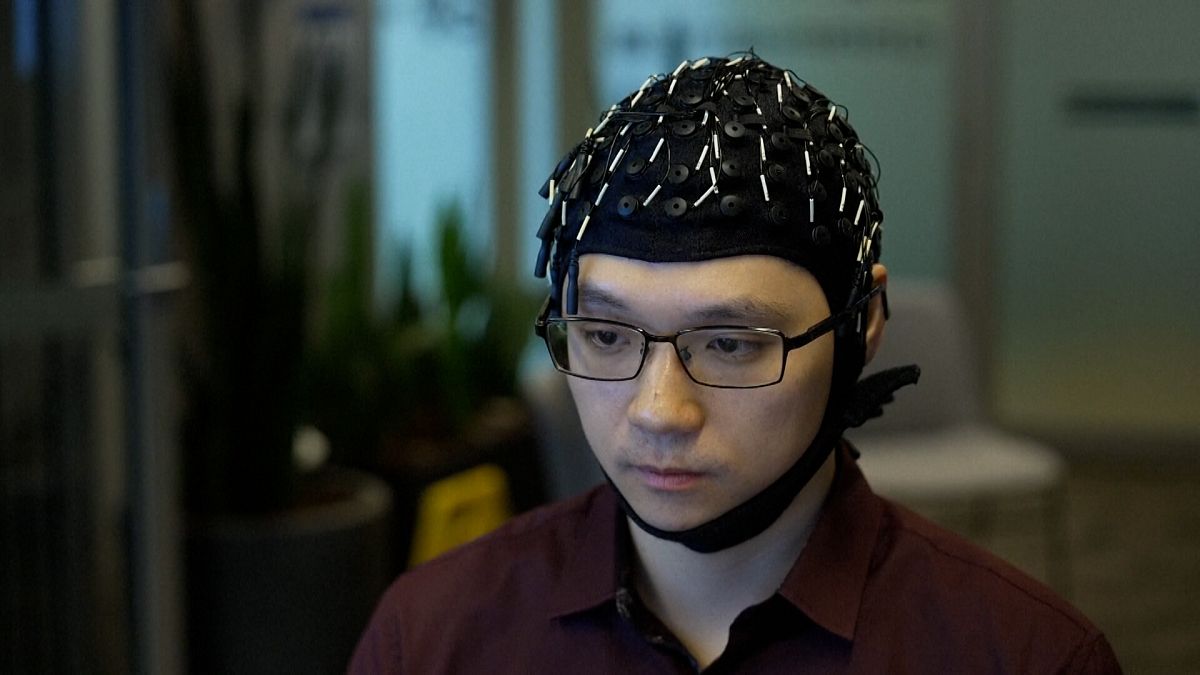Published on
Imagine texting your friends and family by controlling your phone with just your thoughts. This idea was once the stuff of science fiction.
Today, the idea of connecting the human brain to computers is moving closer to becoming a reality thanks to the rapid development of artificial intelligence (AI).
So far, technologies that allow transforming thoughts into text have often required a brain implant.
Now, scientists at the University of Technology Sydney are using a cap-like device to explore how AI can interpret brain activity.
The AI-powered cap monitors the brainwave patterns of a person wearing it and converts their thoughts into written language.
The team behind the decoder says the system relies on two distinct types of AI to interpret brainwave signals.
“At first, we use the deep learning model to translate the brain signals into the intended words,” Chin-Teng Lin, a researcher at the University of Technology Sydney, said.
“And then, we use the large language model to make the match of the decoded words and make up for the errors in EEG decoding,” he added.
The results are close, but not flawless, with about 75 per cent accuracy. The team says it is working toward a goal of 90 per cent accuracy.
Could help stroke patients
Other language decoding systems in development, so far, have required subjects to have surgical implants, or go throughfunctional magnetic resonance imaging (fMRI) scanning.
In 2023, a study about a stroke patient being able to communicate again thanks to a brain-computer interface and an AI voice generator made headlines.
Last year, Elon Musk’s brain chip Neuralink was first implanted in a human skull.
Specialists say it could play a role in helping stroke patients recover.
“As scientists, we look at a medical condition and we look at what function has been affected by that medical condition. What is the need of the patient?” Mohit Shivdasani, a researcher at the University of NSW bioelectronics, said.
“We then address that unmet need through technology to restore that function back to what it was. After that, the sky’s the limit,” Shivdasani added.
For more on this story, watch the video in the media player above.
Video editor • Roselyne Min

